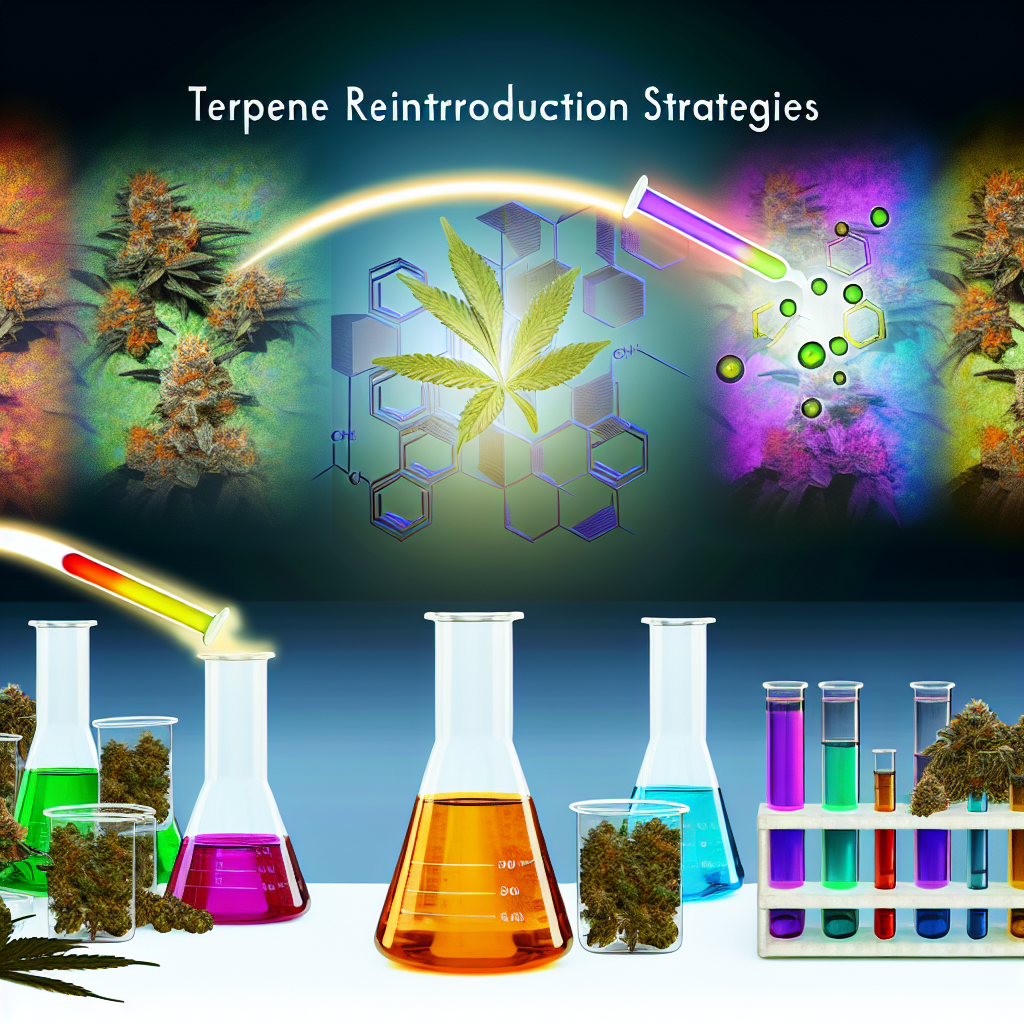Cannabis Sleep Hygiene: Beyond THC for Restorative Rest
Sleep is one of the most vital biological functions for human health, yet more than 30% of Americans report experiencing insufficient rest regularly. As the demand for natural sleep aids grows, cannabis has surged in popularity among both consumers and wellness professionals. However, the conversation around cannabis and sleep often oversimplifies the plant’s potential by focusing predominantly on tetrahydrocannabinol (THC)—its most psychoactive compound. While THC has sedative effects for many, emerging research is revealing a broader spectrum of cannabinoids, terpenes, and plant-based compounds that contribute to improved sleep hygiene and restorative rest.
Rethinking THC: Why It’s Not the Magic Pill for Better Sleep
Although THC has traditionally been celebrated for its “couch-lock” sedative qualities, science underscores that its role in long-term sleep support is more nuanced. Acute THC use may shorten the time it takes to fall asleep. But frequent, high-dose intake can lead to tolerance, rebound insomnia, and reduced REM sleep over time, suggesting that relying solely on THC may not deliver sustained benefits.
CBD, CBN & CBG: The Non-Intoxicating Cannabinoids Gaining Ground
A growing body of research now focuses on the role of cannabidiol (CBD) and other non-intoxicating cannabinoids in sleep regulation. A 2019 retrospective case series in The Permanente Journal followed 72 adults with anxiety and sleep issues. Nearly 67% of participants reported improved sleep scores in the first month using CBD, although benefits fluctuated over time, indicating a need for continual dosage monitoring and individualized protocols ([Source](https://www.ncbi.nlm.nih.gov/pmc/articles/PMC6326553/)).
Cannabinol (CBN), a mildly psychoactive compound formed as THC oxidizes, is gaining popularity for its potential sedative properties. A 2021 study published in Sleep identified that CBN may particularly aid those with middle-of-the-night awakenings or trouble maintaining sleep, although clinical trials are still in preliminary stages ([Sleep Journal](https://academic.oup.com/sleep)).
Terpenes Take the Stage: The Aromatic Allies of Sleep
The role of terpenes in sleep enhancement is also gaining scientific validation. Myrcene, commonly found in mangoes, hops, and cannabis, has shown muscle-relaxant and sedating effects in rodent studies ([Planta Medica](https://pubmed.ncbi.nlm.nih.gov/23112127/)).
Linalool, prevalent in lavender and certain cannabis strains, is known for its anxiety-reducing effects, potentially supporting pre-sleep calmness and faster onset of sleep ([Journal of Ethnopharmacology](https://pubmed.ncbi.nlm.nih.gov/20645763/)).
Beta-caryophyllene, a terpene that uniquely interacts with the endocannabinoid system’s CB2 receptors, has been explored for its capacity to ease inflammation and behavioral symptoms of stress—two major sleep disruptors. These compound-specific properties demonstrate how whole-plant medicine offers multifaceted tools for sleep health—far beyond the binary indica vs. sativa debate.
Tinctures, Gels, and Timing: Smarter Delivery Methods for Deep Rest
In terms of product administration, delivery methods also play a crucial role. Tinctures and soft gels offer a more predictable onset and duration compared to smoking or vaping. A study from the Journal of Clinical Pharmacology illustrated that oral cannabinoids generate longer-lasting effects that may benefit those needing consistent sleep support throughout the night ([JCP](https://accpjournals.onlinelibrary.wiley.com/doi/10.1002/jcph.1381)).
Proper timing and individualized dosage strategies further optimize outcomes. For instance, a balanced formulation containing CBD, a low dose of CBN, and calming terpenes—administered 30–60 minutes before bed—may support long-term improvements in sleep efficiency and latency.
Conclusion: A New Era of Cannabis-Enhanced Sleep Hygiene
Looking beyond THC to a full spectrum of cannabinoids and terpenes opens up a landscape of better targeted, evidence-informed approaches to sleep hygiene. By curating each compound’s unique potential, both consumers and professionals can unlock restorative rest without relying on tolerance-prone methods.
As cannabis science matures, it’s increasingly clear that sleep wellness is best achieved through whole-plant synergy, personalized care, and a commitment to education in this rapidly evolving therapeutic arena.
References
– Shannon, S., Lewis, N., Lee, H., & Hughes, S. (2019). Cannabidiol in Anxiety and Sleep: A Large Case Series. *The Permanente Journal.* [Link](https://www.ncbi.nlm.nih.gov/pmc/articles/PMC6326553/)
– Ibarra-Lecue, I. et al. (2018). Terpenes and Derivatives as a New Perspective for Sleep Disorders. *Planta Medica.* [Link](https://pubmed.ncbi.nlm.nih.gov/23112127/)
– Linck, V. M. et al. (2010). Inhaled linalool produced sedative effects in mice. *Journal of Ethnopharmacology.* [Link](https://pubmed.ncbi.nlm.nih.gov/20645763/)
– Lucas, C. J. et al. (2018). Methods of cannabis administration and dose: a review. *Journal of Clinical Pharmacology.* [Link](https://accpjournals.onlinelibrary.wiley.com/doi/10.1002/jcph.1381)
– National Sleep Foundation. (2020). Sleep in America Poll. [Link](https://www.thensf.org/)
– Schierenbeck, T. et al. (2008). Effect of illicit recreational drugs upon sleep: Cocaine, ecstasy, and marijuana. *Sleep Medicine Reviews.* [Link](https://www.sciencedirect.com/science/article/abs/pii/S1087079206000489)
Concise Summary:
This article explores the role of cannabis compounds beyond just THC in promoting healthy sleep. It examines the potential of cannabinoids like CBD and CBN, as well as terpenes, to support sleep hygiene and restorative rest. The article also highlights the importance of delivery methods, timing, and personalized dosing strategies for optimizing the sleep-enhancing benefits of cannabis.




